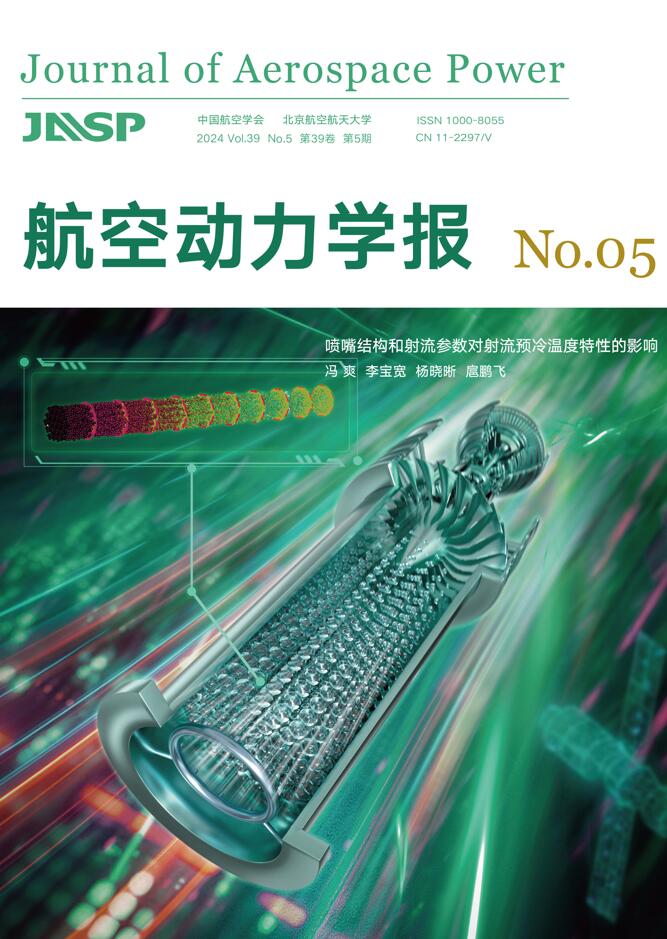2013 Vol. 28, No. 10
Display Method:
2013, 28(10): 2161-2166.
Abstract:
2013, 28(10): 2167-2173.
Abstract:
2013, 28(10): 2174-2180.
Abstract:
2013, 28(10): 2181-2193.
Abstract:
2013, 28(10): 2194-2201.
Abstract:
2013, 28(10): 2202-2208.
Abstract:
2013, 28(10): 2209-2215.
Abstract:
2013, 28(10): 2216-2222.
Abstract:
2013, 28(10): 2223-2227.
Abstract:
2013, 28(10): 2228-2234.
Abstract:
2013, 28(10): 2235-2239.
Abstract:
2013, 28(10): 2240-2247.
Abstract:
2013, 28(10): 2248-2255.
Abstract:
2013, 28(10): 2256-2266.
Abstract:
2013, 28(10): 2267-2275.
Abstract:
Comparative ignition characteristics of ethylene and gasolene in multi-cycle pulse detonation engine
2013, 28(10): 2276-2283.
Abstract:
Numerical study on characteristics of temperature reduction and flow loss in radial pre-swirl system
2013, 28(10): 2284-2291.
Abstract:
2013, 28(10): 2292-2301.
Abstract:
2013, 28(10): 2302-2308.
Abstract:
2013, 28(10): 2309-2315.
Abstract:
2013, 28(10): 2316-2325.
Abstract:
2013, 28(10): 2326-2331.
Abstract:
2013, 28(10): 2332-2342.
Abstract:
2013, 28(10): 2343-2347.
Abstract:
2013, 28(10): 2348-2354.
Abstract:
2013, 28(10): 2355-2363.
Abstract:
2013, 28(10): 2364-2369.
Abstract:
2013, 28(10): 2370-2375.
Abstract:
2013, 28(10): 2376-2383.
Abstract:
2013, 28(10): 2384-2390.
Abstract:
2013, 28(10): 2391-2400.
Abstract:







